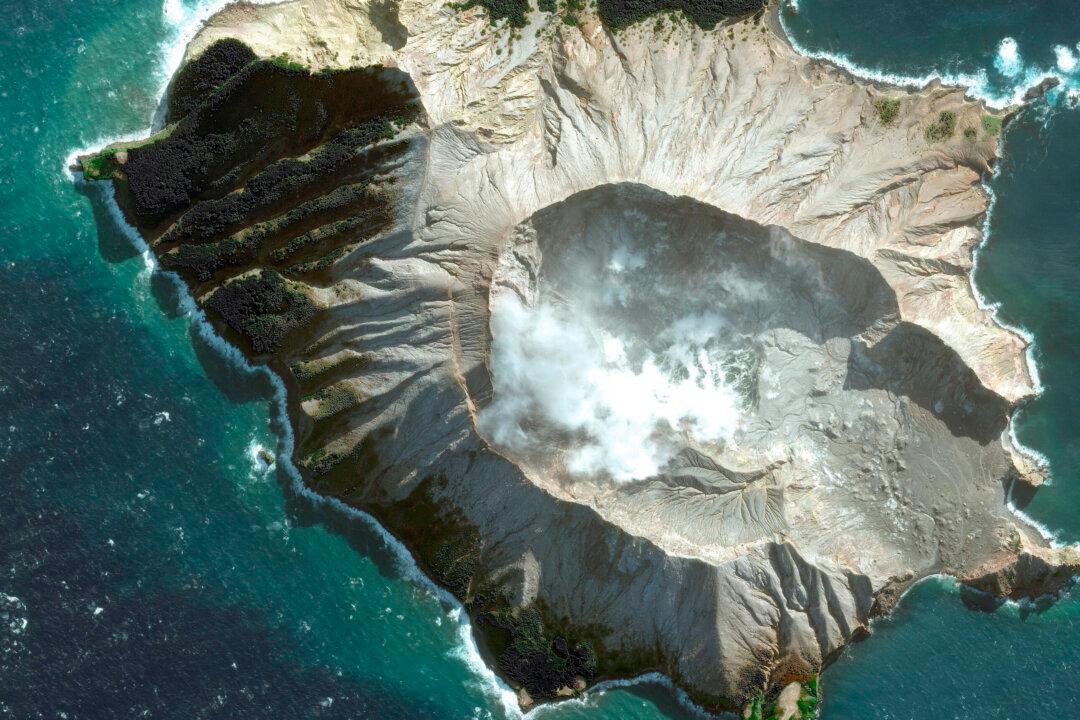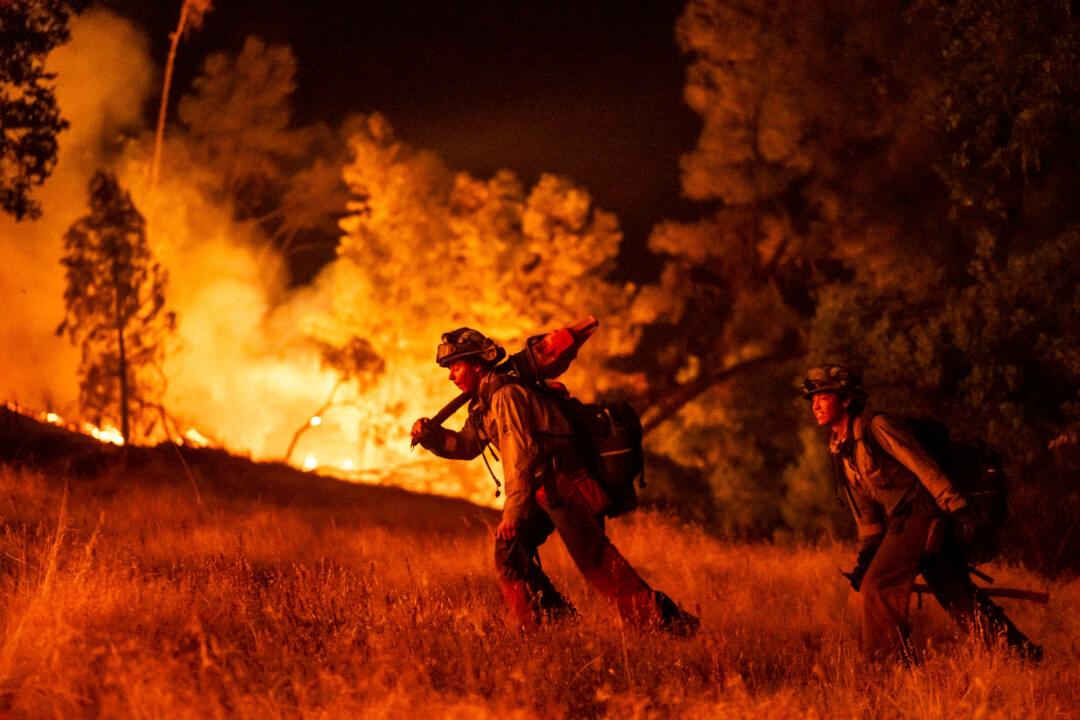WHAKATANE, New Zealand—A New Zealand island volcano vented more steam and mud Wednesday, prompting authorities to delay plans to recover the bodies of victims from a deadly eruption two days ago.
Volcanic tremors on White Island were intensifying to a level not seen since an eruption in 2016, the GeoNet seismic monitoring agency said, calculating a 40% to 60% chance of another eruption within the next 24 hours.





